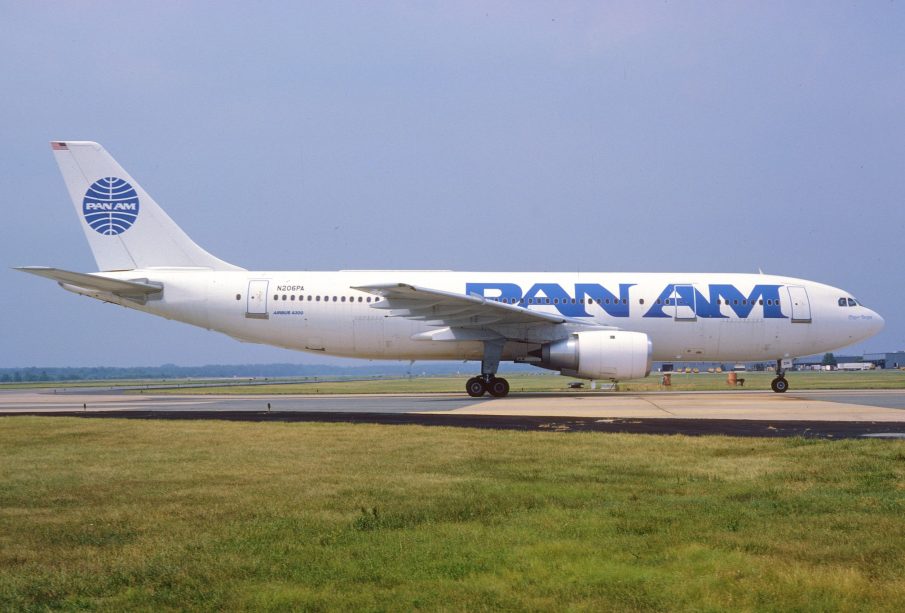The Enduring Legacy of Pan Am in Aviation History

Introduction
Pan American World Airways, commonly known as Pan Am, stands as a monumental figure in the history of aviation. Founded in 1927, it was the first major international airline in the United States and played a critical role in shaping global air travel. Its innovations set industry standards and its reach connected the world long before the advent of modern commercial aviation. Understanding the legacy of Pan Am is vital as it highlights the evolution of air travel and its impact on global connectivity.
Historical Significance
Pan Am was not only the pioneer of transoceanic flights but also introduced several industry innovations. In 1935, it became the first airline to operate a scheduled transpacific route, linking the United States to Asia. Moreover, the introduction of the Boeing 707 in the late 1950s revolutionised air travel by making it faster, safer, and more economical. This aircraft helped initiate the jet age and made international travel accessible to the masses.
Throughout its operational years, Pan Am was synonymous with luxury and glamour, often depicted in films and media as the epitome of travel sophistication. Its iconic blue globe logo and the design of the “Clippers” aircraft became a symbol of the golden age of aviation. However, despite its success and historical achievements, the airline faced substantial challenges in the 1970s and 1980s, including a devastating terrorist attack in 1988 and increasing competition from budget airlines. These factors contributed to its demise in 1991, marking the end of an era.
Modern Impact
The legacy of Pan Am continues to resonate within the aviation industry. Many airlines today credit Pan Am for paving the way in operational practices and customer service standards that are now ubiquitous in air travel. Innovations like the airline lounge experience and modern frequent flyer programs have their roots in Pan Am’s early practices.
The Pan Am brand has witnessed a resurgence in popular culture as well, featuring prominently in television shows and documentaries that highlight aviation history. As new generations discover the stories of those who travelled the world on Pan Am flights, the airline’s contribution to global travel remains significant.
Conclusion
In conclusion, Pan Am’s storied history is not merely a tale of an airline but a significant chapter in the annals of aviation. Its advancements in technology and customer service established a framework for modern air travel. As we remember Pan Am, it serves as a reminder of the heights of innovation and ambition in the aviation industry. Understanding this legacy is essential, especially as the industry navigates the challenges of a post-pandemic world. The lessons learned from Pan Am’s journey may provide valuable insights as airlines adapt to new norms in travel and connectivity.









